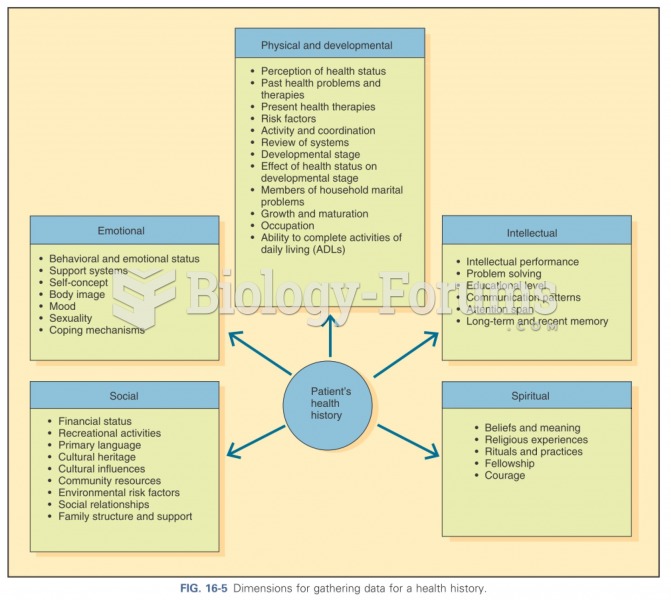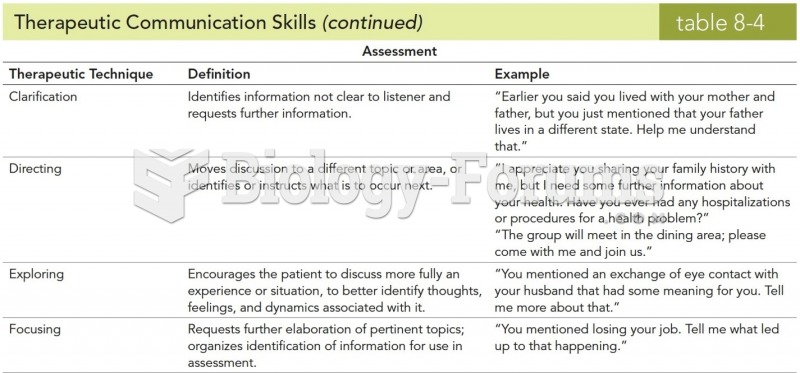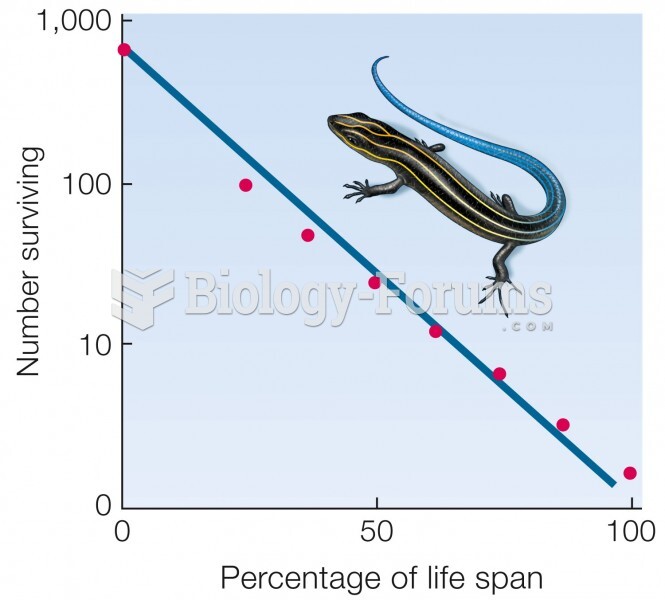|
|
|
Did you know?
There are more nerve cells in one human brain than there are stars in the Milky Way.
Did you know?
In most cases, kidneys can recover from almost complete loss of function, such as in acute kidney (renal) failure.
Did you know?
Blood is approximately twice as thick as water because of the cells and other components found in it.
Did you know?
There are more sensory neurons in the tongue than in any other part of the body.
Did you know?
The horizontal fraction bar was introduced by the Arabs.







